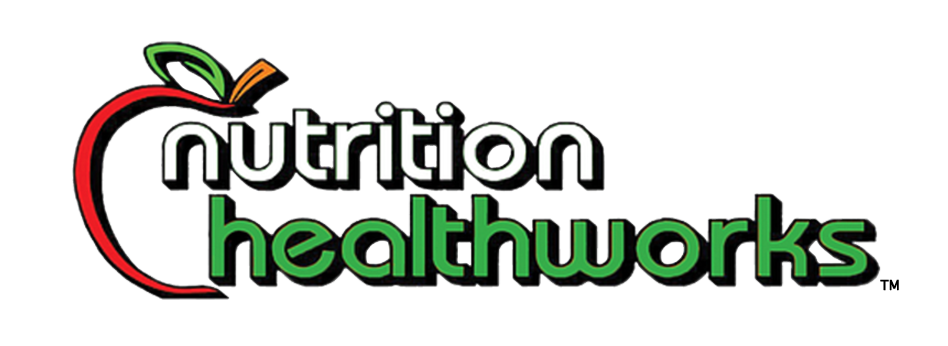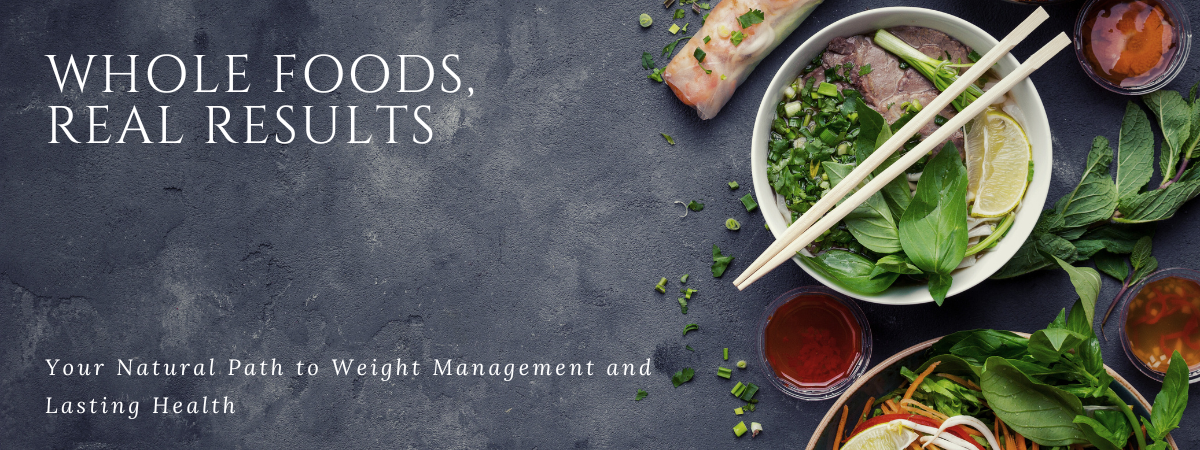

Gunja Parikh, MS, RDN, LDN
Reading food labels can feel like deciphering a secret code, but becoming a “label detective” empowers you to make healthier choices. Many packaged foods contain hidden ingredients that can impact your overall health and sabotage even the most thoughtful meal planning. Understanding how to spot these elements is key to optimizing your diet and making intentional, nourishing choices every day.
Ingredient Lists: The Starting Point for Smart Meal Planning
Ingredients are listed in descending order by weight, meaning the first few make up the majority of the product. If the list reads like a chemistry textbook, that’s your first red flag. For successful meal planning, choose foods with short, simple ingredient lists—ones that sound like real food, not a science experiment.
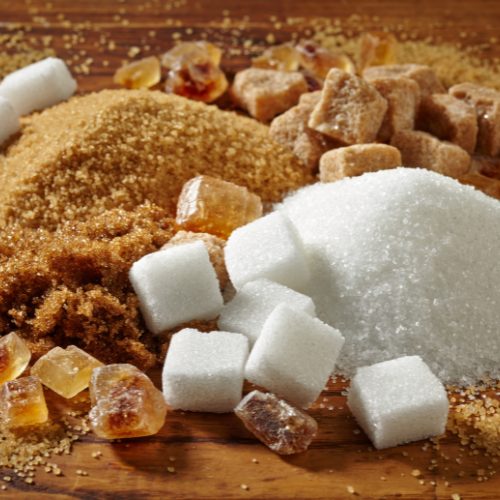
Sneaky Sugars and How They Disrupt Balanced Meals
When building meals, especially snacks or grab-and-go items, keeping an eye on sugar content helps maintain balanced energy levels and supports more effective meal planning overall.
Identifying Unhealthy Fats in Everyday Foods
Trans fats and partially hydrogenated oils often hide in processed snacks, baked goods, and margarine. These fats raise LDL (bad) cholesterol while lowering HDL (good), increasing the risk of heart disease.³
For meal planning that supports heart health, look for items with monounsaturated or polyunsaturated fats—like those in olive oil, nuts, and seeds. These healthy fats improve satiety and flavor without the health risks.
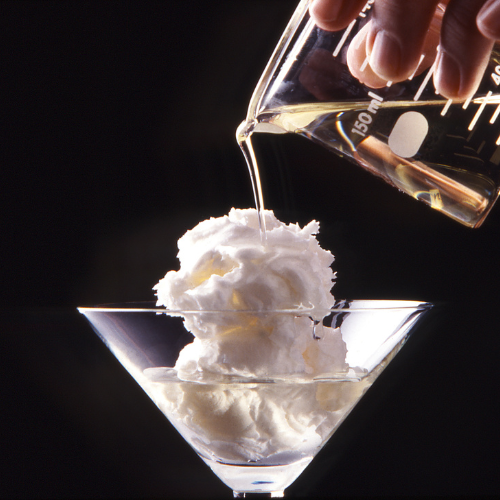
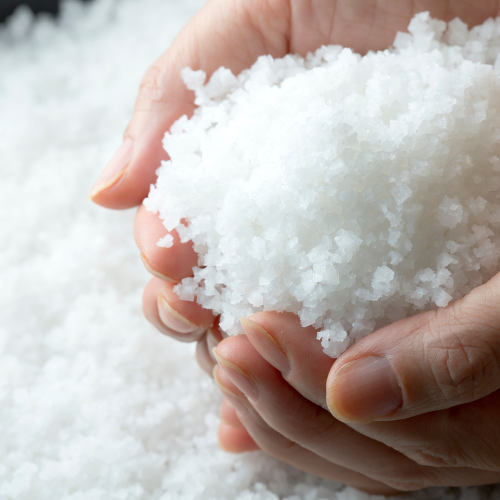
Sodium Overload: Why Salt Can Sabotage Your Meals
Packaged foods frequently come loaded with sodium, which contributes to high blood pressure and cardiovascular disease. The daily recommended sodium intake is under 2,300 mg, yet many processed foods blow past that in a single serving.⁴
When prepping meals, watch for ingredients like monosodium glutamate (MSG), sodium nitrate, and sodium benzoate. Prioritizing low-sodium items supports smarter meal planning and better long-term health.
The Risks of Artificial Additives and Preservatives

Many convenience foods contain artificial colors, flavors, and preservatives. Some of the most common—like sodium nitrite, BHA, and BHT—have been linked to inflammation and oxidative stress.⁵
Minimizing these ingredients helps keep your meal planning clean and aligned with whole-food nutrition goals. The fewer additives on your plate, the easier it is to support your body with what it actually needs.
Meal Planning Tips for Smarter Grocery Shopping
-
Choose foods with clean, recognizable ingredient lists.
-
Build your meals around whole foods like fruits, vegetables, lean proteins, and whole grains.
-
Shop with a plan to avoid impulse purchases filled with hidden ingredients.
-
Read labels like a pro—not just the nutrition facts, but the ingredient list itself.

Gunja Parikh
MS, RD, LDN
Gunja is a Licensed and Registered Dietitian with a passion for helping individuals improve their eating habits to reach their nutrition goals... READ MORE
